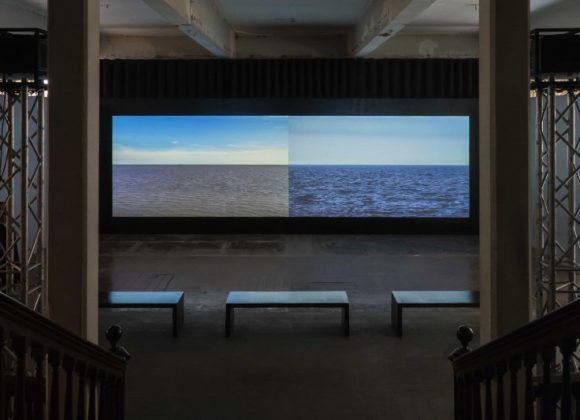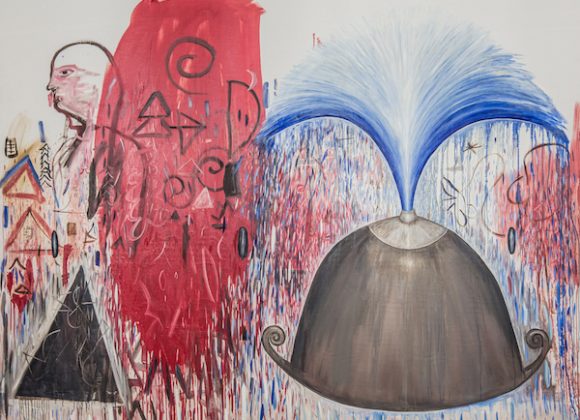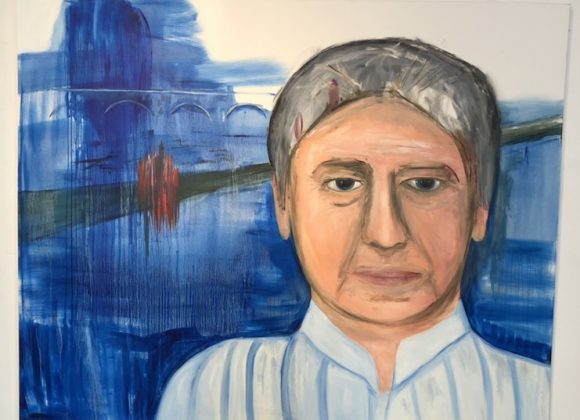The East Asiatic Building
Back to 1884, it was the glorious period of the international marine trade. Besides the growth of trade and commerce, countries in Southeast Asia were totally seeking to avoid European’s colonisation. Because of such trading benefit and political reason, King Rama V tactfully decided to develop stronger relationship between Thailand and Denmark by granting East Asiatic Company, the Danish teak exporting company of Mr. Hans Nielsen Andersen, a permission to construct company’s private port. It was a beginning of powerful marine trader, called East Asiatic. With his distinctive skills and knowledge, Mr. Hans Nielsen Andersen had immigrated and worked in Thailand’s navy in a position of Captain of Siamese commercial vessels. After his resignation, he has started his business of teak exporting to European countries and acutely established East Asiatic Company to be a Thailand and Denmark’s commercial hub and maritime seaways operating enterprise. East Asiatic Company was very successful at such period; the company bought the prestige Oriental Hotel from another Danish and extended the hotel properties with the neo-classical architectural building, called Author’s Wing. Moreover, this vicinity was the iconic interrelationship of Thailand and Denmark, the grand office building of East Asiatic Company was built as a central base of business operation of Thailand and other countries in Southeast Asia. Its location was not far from the East Asiatic’s port, at riverside of Chao Praya and adjacent to the Oriental Hotel pier where was the important pier of loading passengers and goods from aboard. This site was a colourful and lively spot for commerce, transportation, multi-languages and cultures as a centre of cultural circulation and civilisation. The heritage office building of East Asiatic Company at Oriental Hotel pier is one of the existing architectural buildings, grandly revealing its century-old elegance. All fine windows and doors were neatly lined up. With hipped roof and ivory-colour painted walls, the building’s architecture is in Renaissance Revival style with round arches and a porch accentuated by a front panel of brick masonry built as high as the hipped roof. The building is set back from the river, however, the entrance with broad and high staircase makes the building distinguishable and stately in appearance of colonial style, delicately combined with traditional Thai’s stencils in its decoration and elegantly reveal its unique at Chao Praya riverside. East Asiatic’s historic building is one of Thailand’s architectural landmarks, and registered as national heritage site where are demonstrating to more than 130 year of Thailand and Denmark’s relationship in international trade. This place also served as a port and Thailand’s entrance gate for foreign traders. At this riverside place, the legend of interrelationship between Thailand and foreign countries are continued. To trace Thailand’s history and tear into modern art with happiness, it is a great chance to visit this building during the art festival period, Bangkok Art Biennale 2018 with its theme of Beyond Bliss. Because of the building’s history is related to the Thailand – European relations, especially between Denmark and Siam, this remarkable venue will be a site-specific piece, hosting impressive Danish artists’ work and Thai artists’ films about expeditions and the important role of water, the architectural landscape of Copenhagen and Bangkok which will really be the product of this intercultural relationship.






